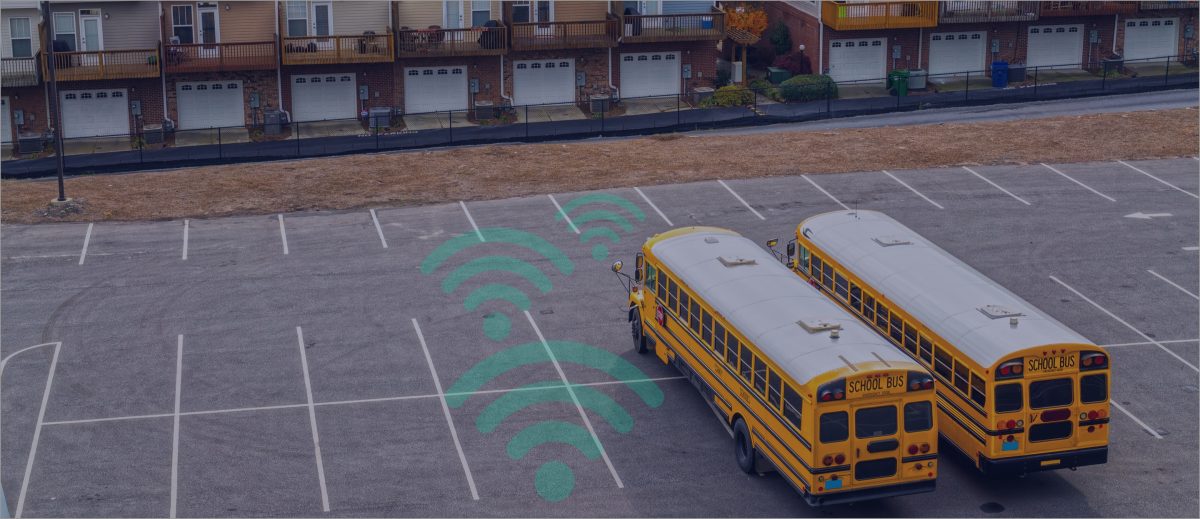With schools closed through the remainder of the school year, the Coronavirus pandemic deepens the digital divide. But for students who lack stable Internet connections at home.
With that in mind, many innovative school districts are turning their buses into Wi-Fi hotspots where students can connect to access lessons and homework. Most school districts are already partially equipped for this solution, with school buses parked and unused.
As school leaders explore this solution, here are some important factors to consider:
- Service is reliable within a roughly 200-foot range from the bus, but social distancing must be maintained.
- Consider your locale. For rural and remote districts with populations spread out over large distances, this solution will have minimal impact.
- Use the data you have. You may have an intuitive sense for where to place the buses, but it’s always easier to visualize by creating a Google map with student address data.
- Hire a bus driver or chaperone. Once installed, Wi-Fi hotspots on buses are relatively simple to upkeep and maintain – but having someone on hand to troubleshoot is a best practice.
- Testing locations beforehand is encouraged. Bus locations must have good cell signals in order to work, so avoid frustration by doing a trial run before communicating publicly.
- School bus Wi-Fi is not currently eligible for E-rate funding, but there have been legislative efforts to change this. EducationSuperHighway is monitoring changes to the program, but you can also find an up to date list of E-rate eligible services here.
Already convinced your school district should try Wi-Fi buses? There are many ways to implement this solution to leverage existing school district assets while providing a safe online environment for students using filtered bus Wi-Fi. The current crisis is also producing innovative Wi-Fi bus strategies that your district can employ.
Scheduling shifts and moving buses for maximum efficiency and impact.
Charleston County School District is a well-oiled mobile bus scheduling machine, operating ten buses in twenty locations by splitting them up between morning and afternoon shifts. The district partnered with the wireless provider Kajeet to equip the buses with Wi-Fi hotspots at a cost of around $20 per bus each month.
For more information on low-cost connectivity options to help keep students connected during COVID-19, visit our three-part blog series.


